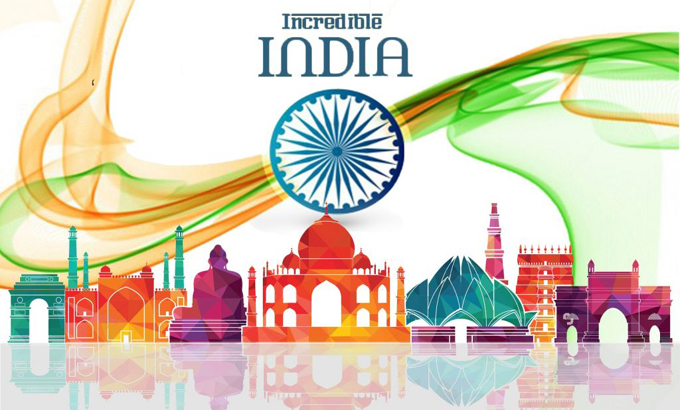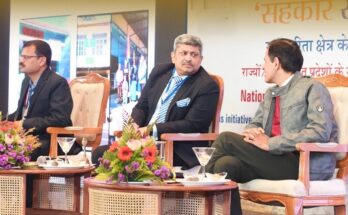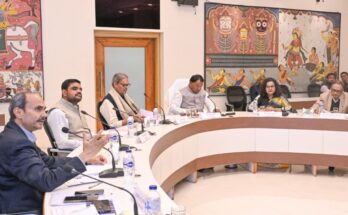Ahead of Budget 2019, people in the hospitality industry said that to bring more footfall into the hotel business, the government in this budget can plan and identify the Top 50 tourist destinations and allocate funds to develop plans for improved air, road and rail connectivity.
Berggruen Hotels executive director and chief financial officer Vikas Chadha said, ”Hotels in India would lose to newer destinations as a result of this improved connectivity making international conferencing cheaper. The government in this budget can plan and identify the top 50 tourist destinations and allocate funds to develop plans for improved air, road and rail connectivity.”
Investments in logistics and connectivity still remain a challenge in India. Direct flights to neighbouring destinations like Phuket and Sri Lanka are making the MICE business more competitive for Indian hospitality, he said.
”We also look forward to budget spends and a concerted PR and social media push by addressing all negative news on the country, especially on women safety, security issues and improving overall positivity towards India as a destination.
”In 2017-18, the domestic tourist visits (DTV) increased by only 2.3 per cent, of which 63 per cent was religious tourism, which was not contributing significantly to the destinations and hotels, visitors and economy,” Chadha said.
According to him, initiating tax breaks for travel spends, in line with leave travel allowance ( LTA ) model to all tax payers (salaried as well as business), including enhancement of the limits and hotel stay costs as part of the tax exemption claimable amounts versus only travel costs currently, would help enhance the DTV’s for India and boost hospitality sector.
According to another suggestion, with foreign tourist arrivals flattening at a growth of only 5.9 per cent in 2017-18, steps like rationalisation of GST rates, possible introduction of GST refunds for foreign tourists in line with VAT refunds in countries like Singapore would help boost the tourism and exchange earnings.
”We believe that the government would need to allocate budgets to create an infrastructure and develop coastal roadways, which would help resorts and hospitality to come up at pristine and unexplored beaches in India. Currently, there are huge unexplored beaches, which can become a strong source for tourist traffic and weekend getaways, but are unexplored due to absence of infrastructure and connectivity,” Chadha added.
Future Supply Chain Solutions CEO P V Sheshadri said that logistics sector saw a big boom with the five-year CAGR touching 7.8 per cent. “The reason for this trend is the attention given by the government and increased expenditure on infrastructure. To ride on this big wave and maintain the momentum, ‘digitisation’ must be given prominence.”
In this interim budget, digitisation of processes like the introduction of electronic logging devices (ELDs) that would help systemise the billing process and automation of taxation process will serve as an advantage to the sector, he said. He added that significant changes will be seen, when the government will digitise the usage of national highways by logistics companies to minimise stoppages, which will reduce time to market substantially. Another recommendation is to simplify the E-way bill process to enhance ease of doing business.
”All of these measures put together will deliver an end result that will benefit the sector as a whole and significantly minimise the usage of paper as well,” Sheshadri added.
Filatex India Chairman and MD Madhu Sudhan Bhageria said that in the budget, they expect that custom duty on polyester filament yarn (PFY) and polyester staple fibre (PSF) be increased from 5 to 10 per cent. “When it comes to GST, we have 18 per cent on our raw material and 12 per cent on finished. Corporate tax is very high, this comes to almost 35 per cent after all surcharges and we expect it to be brought down to 25 per cent, as stated by the Finance Minister in 2014,” he said.
According to him, individual IT slabs should be rationalised to 10 per cent for income group between Rs.4 lakh to Rs.8 lakh, 20 per cent for income above Rs.8 lakh to 15 lakh and 30 per cent for income levels above Rs 15 lakh. ”Also, if the government thinks that income up to Rs.8 lakh qualifies for economically-backward, then it is likely that income up to Rs.8 lakh will be exempted from tax,” Bhageria added. (UNI)




